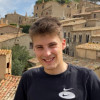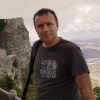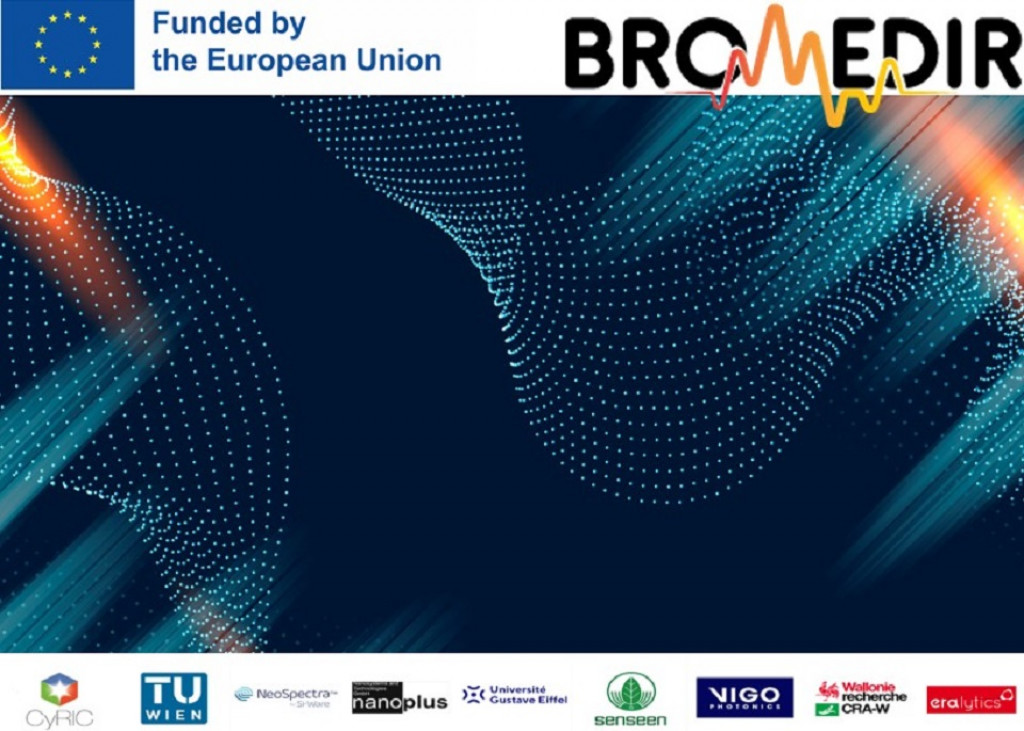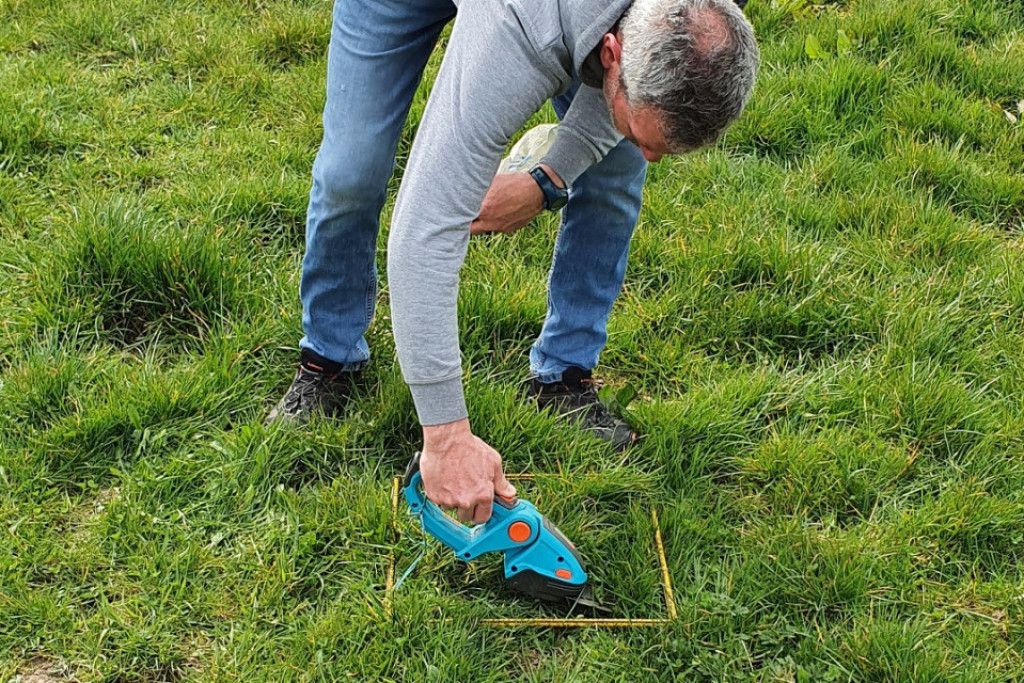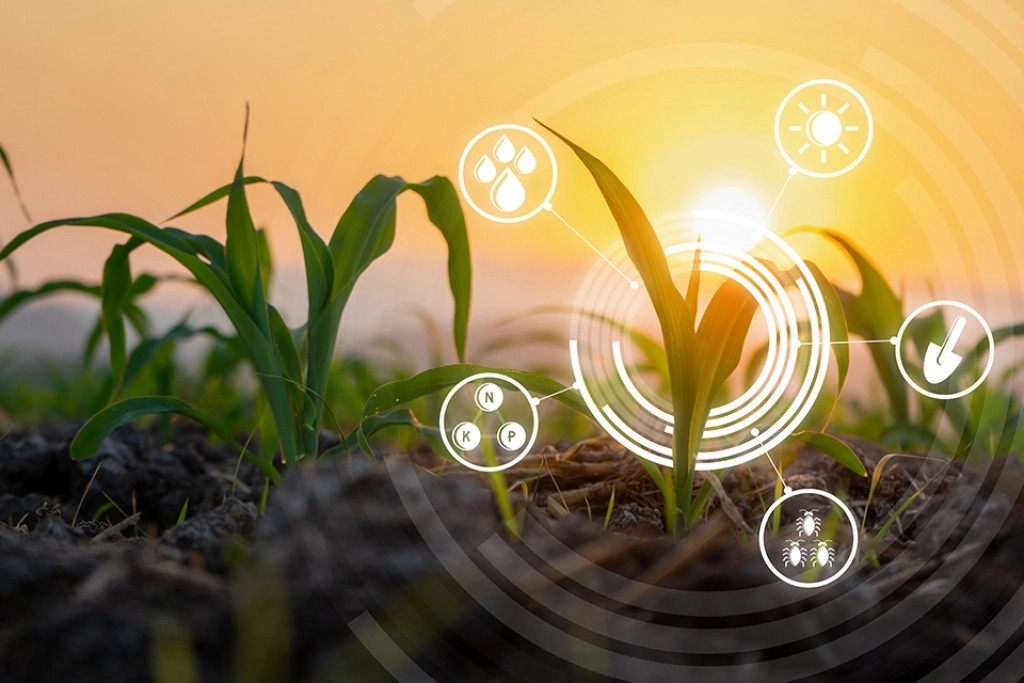On 21 November 2025, a workshop was held at CRA-W as part of the NAME-SA project (“Nondestructive Analysis for Enhanced Meat Safety and Authentication”), a bilateral mobility project funded by the National Research Foundation (South Africa) and the Fund for Scientific Research (Belgium), in collaboration with Gembloux Agro-Bio Tech and Stellenbosch University.
For this occasion, South African researchers Dr. Paul J. Williams and Dr. Jeannine Marais spent a week in Belgium. Their visit made it possible to bring together all project partners, organize several working meetings, and hold a workshop dedicated to the consortium’s scientific progress and future perspectives.
During the morning session, Dr. Juan Antonio Fernández Pierna and Antoine Deryck (CRA-W) presented the center and the ongoing projects related to non-destructive analysis and chemometric approaches developed within the team. Paul Williams and Jeannine Marais (Stellenbosch University) then presented their work with a focus on the meat sector through two talks entitled “Making the invisible, visible” and “Principles of Good Practice in Meat Sensory Analysis”.
Léa Ivanov (UCLouvain), whose master’s thesis is directly embedded in the NAME-SA project, presented her initial results as well as the experimental plan developed for her research, through her presentation “Chemometric Analysis of Multi-Instrument Spectroscopic Data for Rapid Meat Quality Assessment”. Finally, Prof. Hélène Soyeurt (Gembloux Agro-Bio Tech) presented her research and its connections with the project’s themes.
The workshop also brought together Prof. Laura Symul (UCLouvain), promoter of Léa’s thesis, as well as Julian Smolders (Gembloux Agro-Bio Tech), who will also contribute to the project through his master’s thesis, alongside several colleagues interested in innovative approaches for meat quality analysis.
This meeting strengthened the shared understanding of the project’s objectives, enabled discussion of the ongoing experimental plans, and helped identify new avenues for collaboration to reinforce the scientific impact of the partnership.


